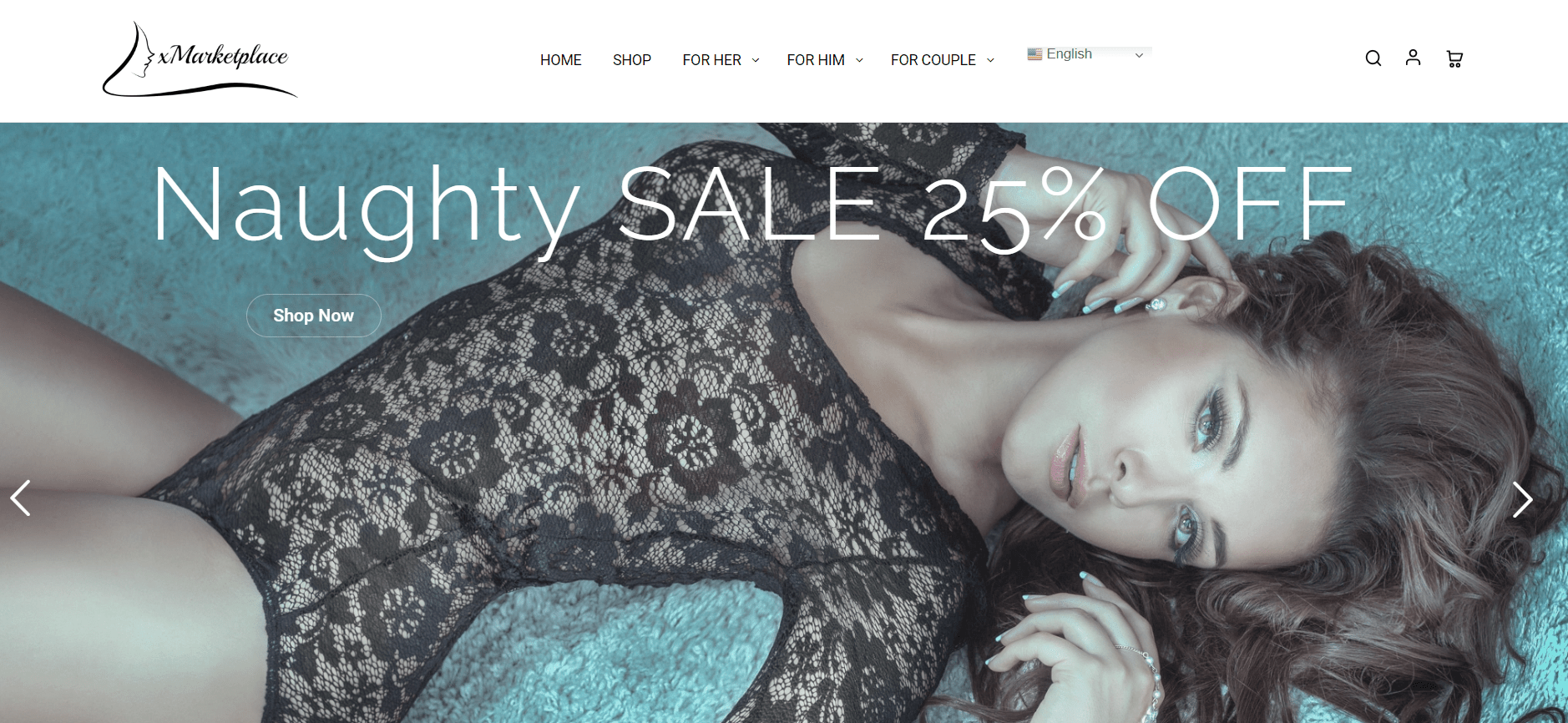Are you thinking about starting a lingerie line? You’re definitely onto something big!
Lingerie has become an integral part of the fashion industry, and it’s no surprise that the lingerie retail marketglobal was valued at a whopping 42 billion U.S. dollars in 2020. Experts predict that this figure will continue to soar and reach a staggering 78.66 billion U.S. dollars by 2027.
However, one thing that can be daunting for new entrepreneurs is the cost of starting a lingerie business. But don’t worry; we’ve got you covered! In this article, we’ll break down the cost of starting a lingerie line so you can be fully prepared for what’s ahead.
Factors That Determine the Cost of Starting a Lingerie Business
Before we dive into the specifics of how much does it cost to start a lingerie line, let’s take a look at a few key factors that will dictate how much you will likely spend.
1. Getting Licensing, Permits and Insurance
As you embark on your entrepreneurial journey, the first expense you may come across is the cost of obtaining licenses, permits and business insurance during the registration process.
While it may not be a huge amount, it is a necessary investment to ensure you are operating legally. You’ll need to pay a registration fee initially and then an annual fee to renew.
On top of that, there are sales tax obligations that your business may need to meet. The fees for business licenses or permits can range from $25 to over several hundred dollars, depending on the type of business you have.
Sales tax rates vary by state, city and county and may only be applicable to certain types of businesses. In addition to a business license, most states also have annual filing fees or reporting requirements.
Finally, there’s the matter of business insurance, which can cost anywhere between $20 and $350 per month or $240 to over $4,000 per year, depending on the size of your manufacturing facility, location, payroll, revenue, liability claims history and equipment costs.
2. Cost of Raw Materials
When it comes to raw materials required for the lingerie line, the cost can vary based on a few key factors. The type of material and its quality play a large role in determining the overall cost.
Generally, the finer the fabric, the higher the price tag. Similarly, the weight of the fabric can also impact the price – heavier materials tend to cost more.
But that’s not all – shipping and handling charges from both the wholesaler and the retailer can quickly add up, especially if you’re buying in bulk.
If you’re looking to make a bra that costs $35 to produce, you can expect to spend a minimum of $12 – $14 per piece on fabric, labels, and packaging. It’s important to keep all of these factors in mind when budgeting for your next project.
3. Manufacturing Costs
One of the most expensive things to start a lingerie line is manufacturing costs. Depending on the quality of the goods and the way they are bought, these costs will vary.
For example, will you be buying pre-made lingerie (such as plain bras for printing on) or designing lingeries from scratch? Let’s take a look at each of them.
Designing lingeries from scratch
If you’re designing your own lingerie line, first, you’ll need to build the tech pack. What is a tech pack? A tech pack is a set of documents designers create to explain their design to a manufacturer. Not everyone can create a tech pack because it contains detailed sketches, diagrams, measurements, and other elements.
In order to make the tech pack, you’ll have to work with a freelance designer or a local fashion agency, which can cost between $100 and $500. Next, you’ll have to create a sample. You’ll pay about $250 to $350 for a sample if you’re working with a manufacturer in America.
It should be noted that such costs are only for one item of lingerie. For each design in your line of lingerie, you’ll need to buy a sample.
Buying pre-made lingerie
When buying pre-made lingerie, the price per piece can be $2 to $15 if you buy large quantities of 100 or more pieces. The cost of printing will differ depending on factors such as the size and complexity of the lingerie design, how many colors are used, and what kind of lingerie you wish to print.
Note: The cost of manufacturing lingerie depends on the location of production. For instance, if you produce in the USA, it could be significantly more expensive than producing in Bangladesh and China.
4. Labor Costs
When you’re running a small business, it’s essential to keep an eye on your labor costs. After all, these costs are directly tied to the hardworking folks in your facility who are creating your lingerie.
Understanding your labor costs can help you make informed decisions and assess the efficiency of your operations. To get started, you’ll need to identify your direct laborers, like the folks working on your production line.
Then, you can determine how many hours each person invested in the production process. Let’s say you have five workers in your facility, each putting in 300 hours a month. That’s a total of 1200 hours.
With this information, you can easily calculate how much you’re spending on labor each month. If they’re working for a flat rate of $14/hour, then your labor cost for a month will be $21,000.
5. Website Development
Having a website for your lingerie business can be a game-changer and essential for your growth. Why? Because 84% of US consumers find businesses with a website more credible than those without.
So, if you’re not online, you’re potentially losing out on not just one customer but many more in the future.
But you might be worried about the cost of building an e-commerce website for your business. The good news is that it doesn’t always have to be expensive – especially if you opt for a white-label solution instead of hiring a developer, which may cost you $30,000 – $50,000.

So opt for a white-label solution like xMarketplace by Adent.io to build your e-commerce platform for your lingerie business and also for your other adult products. It’s a great way to get your business online without breaking the bank. What features do you get?
- Mobile-responsive
- SEO-optimized platform
- International dropshipper API
- Full-fledged admin dashboard for product management
- Payment gateway
- Lifetime access and 100% software source code
…and many more, all at the price of just $199. So if you want a professional-looking website at a price you can afford, go with xMarketplace.
6. Payment Processor
A payment processor serves as an intermediary between merchants and their customers’ banks. They transmit transaction details to the issuing banks when customers pay using their cards on your website.
Each time the payment processor processes a transaction, they levy a transaction fee, which includes fees paid to the issuer and card network, as well as the payment processor’s per-transaction fee.
Additionally, the payment processor might charge a fixed monthly or annual fee for this service. For instance, CCBill, an adult payment service provider that specializes in high-risk businesses, assesses processing costs ranging from 10.8% to 14.5%, with an annual fee of $1,000.
7. Modeling and Photography
High-quality modeling photography is crucial for brands and businesses seeking to inspire their customers and investors. As a lingerie business owner, it is essential that you invest in modeling photography to showcase your products in the best possible light.
For small or mid-sized e-commerce businesses, hiring a freelance photographer to take product photos may be the most viable option.
The cost of hiring a freelance photographer varies depending on factors such as location, experience, and whether or not you provide studio space and lighting. Rates typically range from $20 to $200 per hour.
The cost of hiring a model is another factor to consider. Rates for models typically range from $120 to $250 per hour when working through an agency.
8. Storage and Shipping Costs
Historically, logistics expenses related to storage and shipping have posed a significant cost burden for businesses. However, with the advent of fulfillment warehouses and dropshipping, some of this burden has been alleviated.
In addition to mitigating the cost of logistics, these options also provide relief from the burdens associated with logistics management while reducing the need for staff.
A fulfillment warehouse typically charges between $2.00 and $2.50 per item for services that include receiving, storing, and shipping. It is also important to note that shipping costs will be incurred, with an average rate of $4 per item shipped.
9. Marketing Cost
As a lingerie business owner, it’s important to market your products to attract customers, boost sales, and stay competitive.
Typically, your marketing budget should be a percentage of your revenue. A general guideline is that B2C companies should allocate 4 to 10% of their revenue toward marketing efforts.
For example, if you plan on using Google Ads for your marketing campaign, invest at least $800 – $1000 a month. And you can also advertise online through social media platforms like Instagram and Facebook.
Remember to constantly evaluate your marketing performance and whether your spending is achieving your goals.
10. Miscellaneous Cost
Miscellaneous expenses are goods and services bought after the operation of the business began. Those costs shall relate to hardware supplies of offices, furniture, electricity bills, rent, transportation, internet connection and other standard business costs.
Some of them are fixed costs, and some recur every month as miscellaneous expenses.
How Much Does It Cost to Start a Lingerie Line?
The amount of money required to start a lingerie line depends on the size and scope of the business.
If you plan to start a dropshipping lingerie line, you can begin with $300. For a small-sized lingerie company, a budget of $10,000 to $50,000 is appropriate.
If you are looking to start a major wholesale lingerie manufacturing business, you will need to invest between $200,000 and $500,000.
The safest way to start a lingerie business is to dropship. Here, all you need is a website. You can source the product from dropship suppliers, set your own prices and sell them on your website. Your supplier will handle the distribution, so you don’t need to worry about renting an inventory.
6 Ways to Reduce Cost and Increase Profit With Your Lingerie Business
The following tips can help you reduce startup costs and increase profit and efficiency while you start your own lingerie business.
1. Start with a Niche
Several benefits come with a nice-focused business concept, such as streamlined operations, low startup costs compared to broader businesses, and fewer direct competitors, allowing you to be a big fish in a small pond, as well as a clear way to target your audience.
For instance, instead of manufacturing every lingerie product available, you can focus on bras and bra sets or stockings and hosiery. You can also go for a high-end route by selling luxury bras and bra sets, as it helps you build your brand faster and get a loyal customer base.
Additionally, going for a niche-specific business allows you to focus on quality customer service and establish long-term relationships
2. Research and Compare Suppliers
Comparing your lingerie suppliers helps you find the best deal possible. To do that, you have to contact each supplier directly – including your current supplier, who might be able to make a better deal for you.
As you evaluate each deal, you should consider two key factors: the price offered by suppliers and the level of customer service provided by the supplier
3. Rent your Manufacturing Equipment
Due to the fact that rentals don’t depreciate as quickly as new equipment, they can be more affordable than buying new equipment. A new piece of equipment can lose its value very quickly, making it a losing investment.
For instance, you can consider renting essential manufacturing equipment such as a garment printing machine, Fabric GSM testing machine, and bra pad molding machine.
4. Consider Dropshipping
If you want to earn more money with little to no investment, then consider drop shipping. In terms of drop shipping lingerie, your success depends on choosing the right products, having a solid platform, managing the profit margins, and selecting the right suppliers.
Speaking of platforms, consider using white-label solutions like xMarketplace, an adult e-commerce script that helps you to build a website for your lingerie dropshipping business. And if you take care of those bases, you will be able to create a profitable online business with zero investment.
5. Negotiate Terms with Suppliers
Having the ability to negotiate is an essential business skill that every entrepreneur should possess since it allows both you (the buyer) and your supplier to reach agreements that are satisfactory to both of you.
Note that you need to build credibility and trust among your suppliers and avoid deceit, lying, and bluffing. Also, make sure to be yourself, follow your company’s goals, and negotiate with your suppliers.
6. Grow Your Employee’s Skill
If you employ people in positions that don’t make use of their unique skills, you could be wasting money. Keep managers constantly on the lookout for what’s working and what can be improved, and try to sharpen your employee’s skills constantly.
Conclusion
So, through this article, you got to know how much does it cost to start a lingerie business. Having learned everything about the startup cost, you should not waste your time and take advantage of it; if you lack funding to launch a large-scale lingerie line, you can apply for a bank loan, or you can ask investors to partner with you.
There are chances that angel investors may be drawn to your business if you have a promising business plan.
Hi
Start Growing Your Dream Business
with Us!
Aaron
Chief Operating Officer at Adent.io
As the COO of Adent.io, Aaron leads with a vision of innovation, quality, and ethical standards in the adult digital landscape. With over a decade of experience in software solutions tailored for the adult industry, Aaron has played a pivotal role in transforming Adent.io into a trusted name for ready-made adult scripts. These scripts are designed to empower entrepreneurs to build and grow adult websites, from tube sites to membership and webcam platforms, with security and efficiency.

 and Welcome to Adent.io
and Welcome to Adent.io





